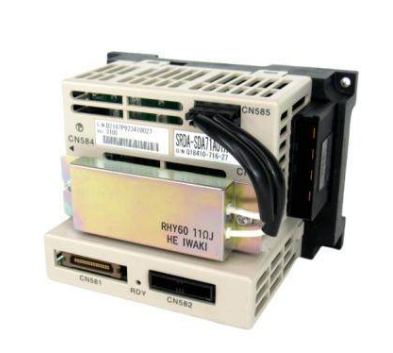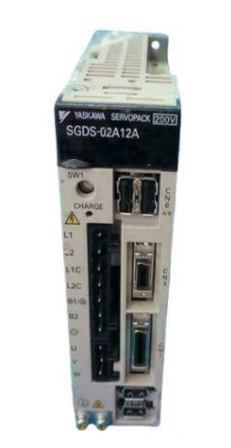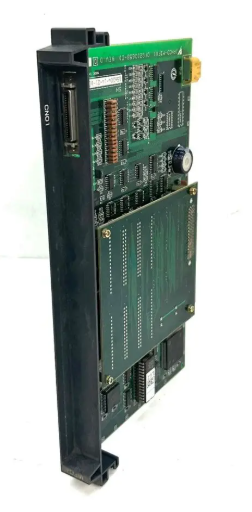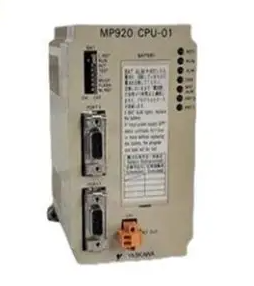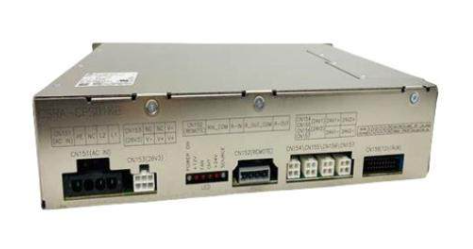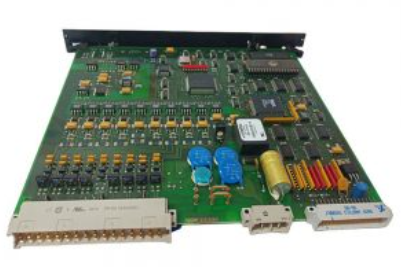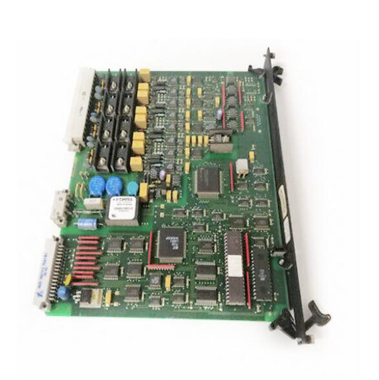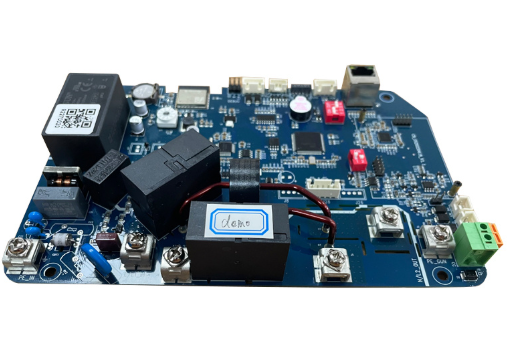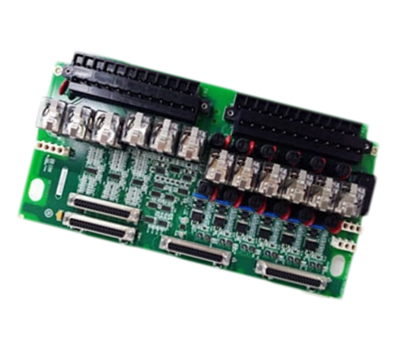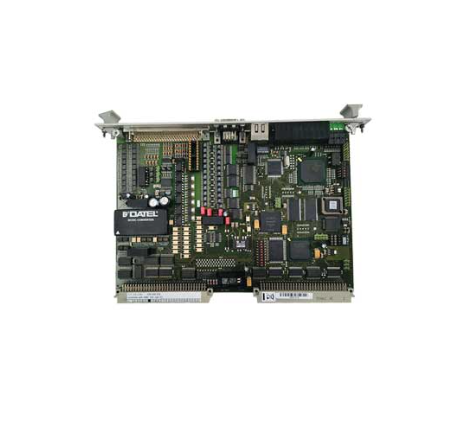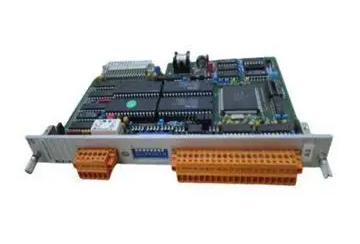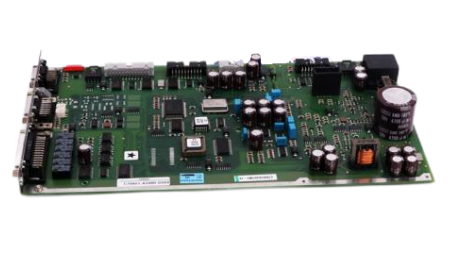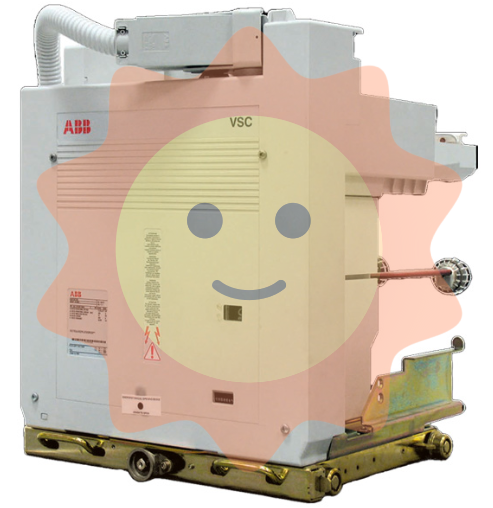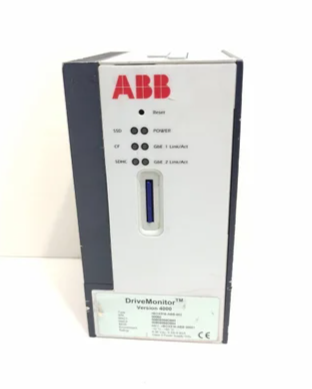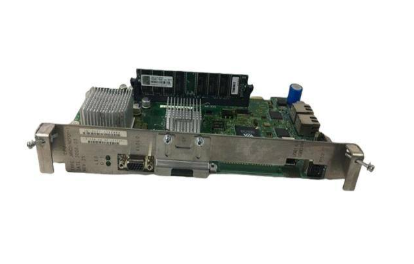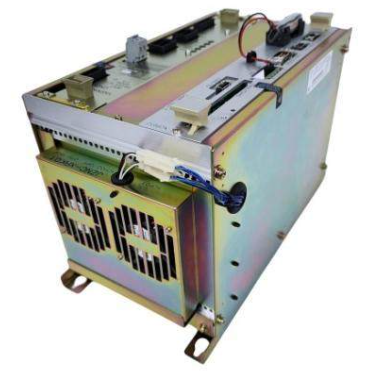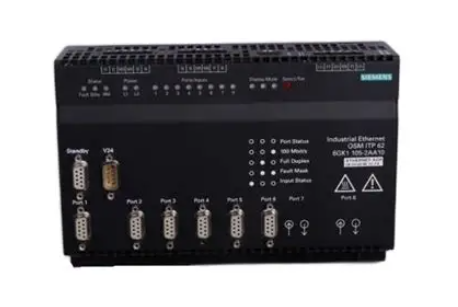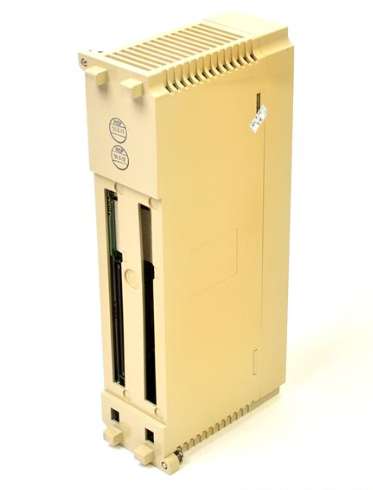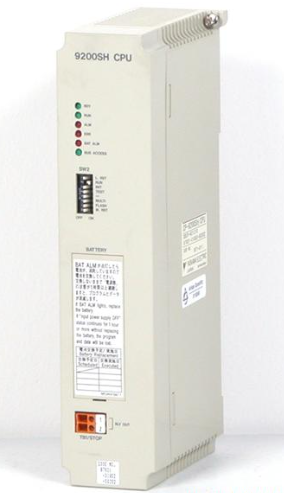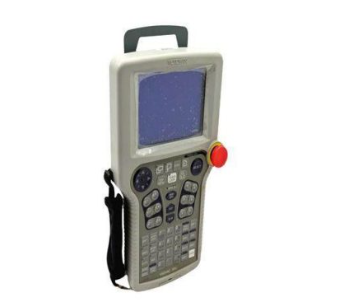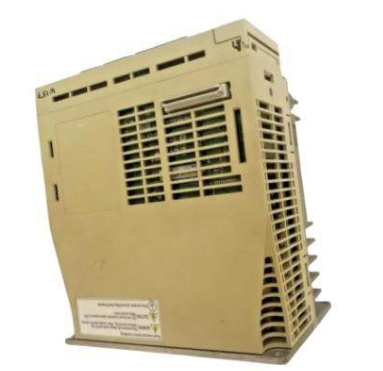AB 1756 IB32 ControlLogix 32-point DC (10…31.2V) Input Module Series B
AB 1756 IB32 ControlLogix 32-point DC (10…31.2V) Input Module Series B
Important Information and Safety Warnings
Characteristic Differences and Liability Disclaimer: There are significant differences in the operating characteristics of solid-state devices and electromechanical devices, and those involved must verify the feasibility of their intended application when applying this module. Rockwell Automation expressly disclaims all liability for indirect or consequential damages resulting from the use or application of this equipment. Also, the examples and diagrams in the documentation are for informational purposes only and should not be relied upon exclusively for actual use. In addition, the reproduction of the contents of this document without
written permission is prohibited.
Security Risk Warning: Various symbols are used in the document to warn the user of security risks. ‘WARNING’ is used to identify operations and situations that could cause an explosion in a hazardous environment, which could result in injury, death, property damage or economic loss; “IMPORTANT” emphasises information that is essential to the successful application and understanding of the product; ‘ATTENTION’ identifies operations and situations that may result in injury, death, property damage or economic loss and helps the user to recognise, avoid and understand the consequences of the hazard; “SHOCK HAZARD” and “BURN HAZARD” respectively. SHOCK HAZARD’ and “ BURN HAZARD” are used to warn of the possible presence of dangerous voltages in the equipment and of dangerous temperatures on the surfaces, respectively.
Environmental and installation requirements
General environmental conditions: The module is suitable for use in industrial environments of pollution class 2, and in overvoltage category II applications it can be operated at altitudes up to 2,000 metres (6,562 ft) without derating. It is classified as Group 1, Class A industrial equipment according to IEC/CISPR Publication 11, but in other environments it may face electromagnetic compatibility problems due to conducted and radiated interference. The module is an ‘open’ device and needs to be installed in a specially designed enclosure that is adapted to the specific environmental conditions, prevents access to live parts and requires tools to open the interior. In addition, the enclosure should be suitably flame retardant and, if non-metallic, comply with flame propagation ratings of 5VA, V2, V1, V0 (or equivalent).
Hazardous area requirements: When installed in a European Zone 2 area, if the product bears the Ex or EEx marking, this indicates that it complies with the requirements of the EU Directive 94/9/EC on potentially explosive atmospheres and that it has been certified as such. However, when in use, it must be installed in an enclosure with a protection class of at least IP54, be used within the specified rating range, take measures to prevent transient disturbances from exceeding 40% of the rated voltage, and use only ATEX-approved backplanes. Also, ensure that external connections are safe, that the equipment is connected and disconnected without powering down or confirming that the area is not hazardous, and that the equipment is not resistant to sunlight or other UV radiation.
When used in a North American Class I Division 2 hazardous area, the product is marked ‘CL I, DIV 2, GP A, B, C, D’ for that area and non-hazardous areas only. Hazardous area temperature codes are marked on the product nameplate. When combining products in a system, the overall temperature code needs to be determined based on the minimum ‘T’ value, and the combined equipment needs to be inspected by the local regulatory agency. The same care should be taken to prevent the risk of explosion during operation, such as connecting or disconnecting the equipment in the event of power failure or confirming the safety of the area, avoiding the replacement of components affecting the suitability of the equipment, if the product contains batteries, they need to be replaced in the non-hazardous area .
Pre-Installation Preparation
Component Identification: Users need to identify the module components before installing the I/O module. Typically, an order includes the 1756 - IB32 module and a Removable Terminal Block (RTB) door label. The module can be used with either the 1756 - TBCH (36-position cage fixture RTB) or the 1756 - TBS6H (36-position spring-loaded fixture RTB), and for applications with heavy gauge wiring or where additional wiring space is required, the Extended Depth Cover (Catalogue No. 1756 - TBE) can be used. If using the 1492 Interface Module (IFM), refer to its documentation for wiring connections.
Power Requirements: The module draws power from the 1756 chassis power supply and requires two supplies from the ControlLogix backplane: 120mA at 5.1V DC and 2mA at 24V DC. When calculating the chassis power supply load, add the current/power value for this module (0.66W) to the requirements of the other modules to prevent overloading the power supply.
Module Installation and Wiring
Module Installation: Installation or removal of the module can be done with the chassis energised, but care should be taken for safety. To do so, align the board with the top and bottom rails of the chassis, then slide the module into the chassis until the locking tabs snap into place. Arcing may occur if the backplane is energised when inserting or removing a module, which could cause an explosion in a hazardous area, so always operate with the power disconnected or the area secured. Multiple arcs can cause wear at the module and connector contacts, affecting module operation .
Module and RTB/IFM keying: To prevent miswiring, key the module and RTB/IFM using wedge keying tags and u-tapes. Insert the U-band on the module and snap it into place, insert the wedge tag on the RTB or IFM and make sure it stops in place, then reposition the tag as needed.
Wiring Operations: When wiring modules with RTBs or IFMs, always disconnect the power or secure the area to prevent arcing and explosion. Module wiring has specific rules, such as all terminals of the same name being connected to each other on the module, daisy chaining in the prescribed manner, and no more than two wires being connected to a single terminal at any one time. If a separate power supply is used, the specified isolation voltage must not be exceeded. After completing the field wiring, secure the wires to the strain relief area . For spring-loaded RTBs, strip no more than 11 mm (7/16 in.) of wire, insert a screwdriver into the RTB bore, insert the wire, and remove the screwdriver; for cage-type RTBs, strip no more than 9.5 mm (3/8 in.) of wire, insert the wire, and then turn the screw clockwise to close the terminal .
RTB Installation and Removal: To assemble the RTB and housing, align the notches on the bottom of the housing with the side edges of the RTB and slide the RTB into the housing until it snaps into place. Before installing the RTB on the module, verify that power is disconnected or the area is secure, field wiring is complete, the RTB enclosure is installed and closed, and the locking tabs on the top of the module are unlocked. To install, align the side, top, and bottom rails, press quickly and evenly to hold the RTB in place, and slide the locking tab to secure it. To remove the module, you must first remove the RTB by unlocking the locking tab on the top of the module, opening the RTB door, and then pulling the RTB off the module.
Status Indication and Troubleshooting
Status Indicator Function: The module is equipped with a yellow indicator to show the status of each I/O point and a two-colour (red/green) indicator to show the ‘OK’ status of the module. When the module is powered on, the indicator will be tested, the ‘OK’ indicator will turn red for 1 second, and if it passes the self-test, it will change to blinking green; the I/O status indicator will be on for 2 seconds at most, and then turn off.
Failure judgement and processing: According to the different states of the indicator, you can judge the working status and failure of the module. For example, the steady green ‘OK’ light indicates that the inputs are being multicast and are in normal operation, so no operation is required; the flashing green light indicates that the module has passed the internal diagnosis but the inputs are not being multicast, so it is necessary to configure the module using the RSLogix 5000 programming software; the flashing red light indicates that the previously established communication has timed out, so it is necessary to check the communication between the controller and the chassis; the steady red light indicates that the module is working and faulty. A steady red colour indicates that the module has suffered an unrecoverable error and needs to be replaced; a yellow I/O status indicator means that the input is active and does not require handling.
Specifications and Certifications
Specifications: This module has 32 inputs (16 shared) and fits in the 1756 ControlLogix chassis. It has a nominal input voltage of 24V DC and a maximum power dissipation of 6.2W at 140°F (60°C). Backplane current is 120mA at 5.1V DC, 2mA at 24V DC, and backplane power is 0.66W. Thermal dissipation is 21.1 BTU/hr at 140°F (60°C). The on-state voltage range is 10...31.2V DC, the on-state current varies with different voltages, and the off-state voltage and current are limited to the corresponding maximum values. The input impedance is 5.67 kΩ max. at 31.2 V DC, the input delay time can be set via a programmable filter, and there are software-configurable diagnostics and timestamp functions. In addition, short circuit/inrush current limiting is available.
Environmental specifications: Operating temperature range 0...60°C (32...140°F), relative humidity 5...95% non-condensing. Withstands vibration of 2 g (10...500 Hz), 30 g for operating shock and 50 g for non-operating shock. In terms of electromagnetic compatibility, it complies with relevant standards, such as the EMC directive, LVD directive, etc., and has a certain degree of anti-interference capability.
Certification information: Passed a variety of certifications, including c - UL - us (UL Listed industrial control equipment for the United States and Canada, File No. E65584; UL Listed for use in Class 1, Division 2 Group A,B,C,D hazardous areas for the United States and Canada, File No. E194810), FM (FM Approved equipment for Class I, Division 2 Group A,B,C,D hazardous areas for the United States and Canada, File No. E194810), FM Approved equipment for Class I Division 2 Group A,B,C,D hazardous areas), CE (in accordance with relevant EU directives, such as the EMC Directive, LVD Directive, etc.), Ex (in accordance with the EU ATEX Directive), C-Tick (in accordance with the Australian Radiocommunications Act), TÜV (TÜV certified, functional safety up to SIL 2) and so on. SIL 2), etc.

- EMERSON
- Honeywell
- CTI
- Rolls-Royce
- General Electric
- Woodward
- Yaskawa
- xYCOM
- Motorola
- Siemens
- Rockwell
- ABB
- B&R
- HIMA
- Construction site
- electricity
- Automobile market
- PLC
- DCS
- Motor drivers
- VSD
- Implications
- cement
- CO2
- CEM
- methane
- Artificial intelligence
- Titanic
- Solar energy
- Hydrogen fuel cell
- Hydrogen and fuel cells
- Hydrogen and oxygen fuel cells
- tyre
- Chemical fiber
- dynamo
- corpuscle
- Pulp and paper
- printing
- fossil
- FANUC
- Food and beverage
- Life science
- Sewage treatment
- Personal care
- electricity
- boats
- infrastructure
- Automobile industry
- metallurgy
- Nuclear power generation
- Geothermal power generation
- Water and wastewater
- Infrastructure construction
- Mine hazard
- steel
- papermaking
- Natural gas industry
- Infrastructure construction
- Power and energy
- Rubber and plastic
- Renewable energy
- pharmacy
- mining
- Plastic industry
- Schneider
- Kongsberg
- NI
- Wind energy
- International petroleum
- International new energy network
- gas
- WATLOW
- ProSoft
- SEW
- wind
- ADVANCED
- Reliance
- YOKOGAWA
- TRICONEX
- FOXBORO
- METSO
- MAN
- Advantest
- ADVANCED
- ALSTOM
- Control Wave
- AB
- AMAT
- STUDER
- KONGSBERG
- MOTOROLA
- DANAHER MOTION
- Bently
- Galil
- EATON
- MOLEX
- Triconex
- DEIF
- B&W
- ZYGO
- Aerotech
- DANFOSS
- KOLLMORGEN
- Beijer
- Endress+Hauser
- MOOG
- KB
- Moxa
- Rexroth
- YAMAHA
- Johnson
- Westinghouse
- WAGO
- TOSHIBA
- TEKTRONIX
- BENDER
- BMCM
- SMC


Email:wang@kongjiangauto.com


